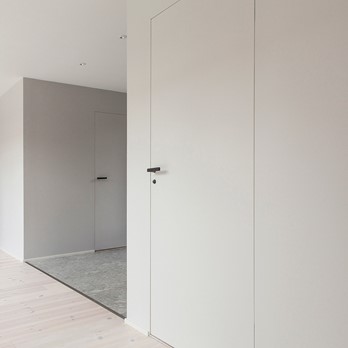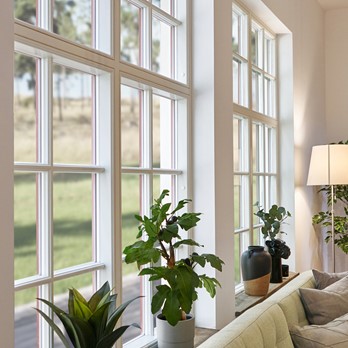Contact us
Hi! Do you have a question? Leave a message below and we will get back to you as soon as possible!
Contacts
Here you will find contact information for our offices and showrooms in different locations.

THERMAL INSULATION (U-VALUE)
The U-value indicates how well a product insulates (keeps heat and cold out). The lower the U-value, the better the product insulates. What defines a good U-value depends entirely on where the door should be located. In old houses where walls and roofs leak a lot of energy, the U-value around 1.0 - 1.3 is enough to increase comfort indoors. If, on the other hand, you build a passive house that is to be self-sufficient, the U-value should fall below 0.80.
For doors, Swedish P-marking requires that the value be declared, thus no specific requirement for thermal insulation. SFDK requires ≤ 2.0W/m²K.


Safety against wind load
Safety against wind load is stated from A1 to C3. Wind load is tested in two steps. Frame deformation is stated in class A-C where C is best. Indicated in combination with pressure class 1-3 depending on how hard the product has been tested under, where 3 is highest in Sweden. For class 3 it is 1200 pascals. After that, you finish with a safety test with 1.5x higher pressure (1800 pascals for class 3).

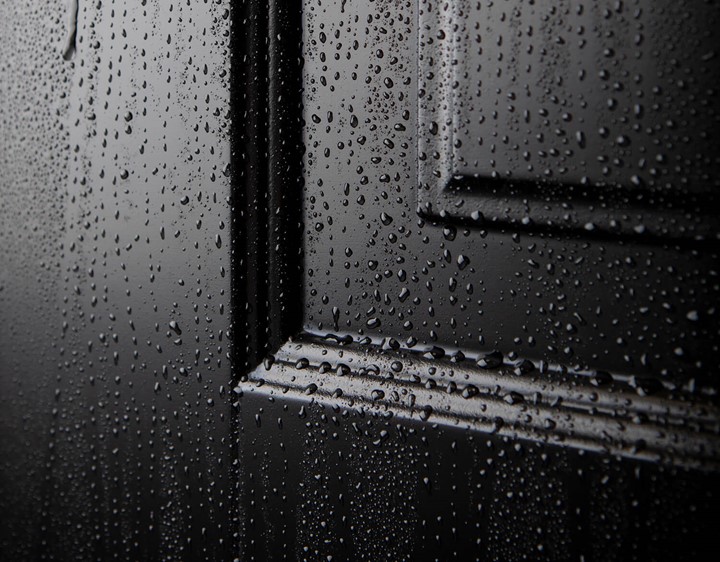
Water tightness
Rain density measures how well the product seals against rain. Windows are listed in class 1BA-7B where 7B is best.
B means that the product has been tested in shielded condition, A is unshielded. At pressures above 600 Pa, class Exxx is specified, eg E900.


Air permeability
The air tightness indicates how well the product withstands air pressure. Listed in class 0-4 where 4 is best. Both class 3 and 4 are tested below 600 pascals, but in class 4 a third less leakage is allowed.

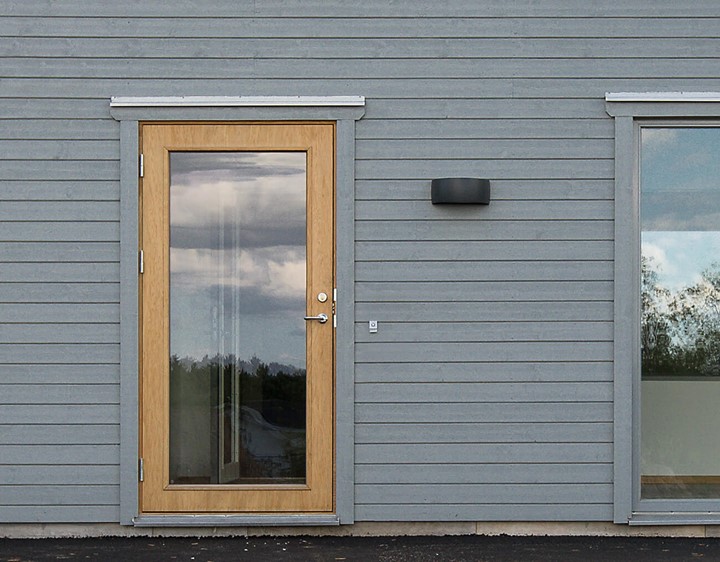
Impact resistance
Impact resistance applies to glazed exterior doors and is mandatory. Listed in class 1-5 where 5 is best. The P-marking does not require impact resistance.

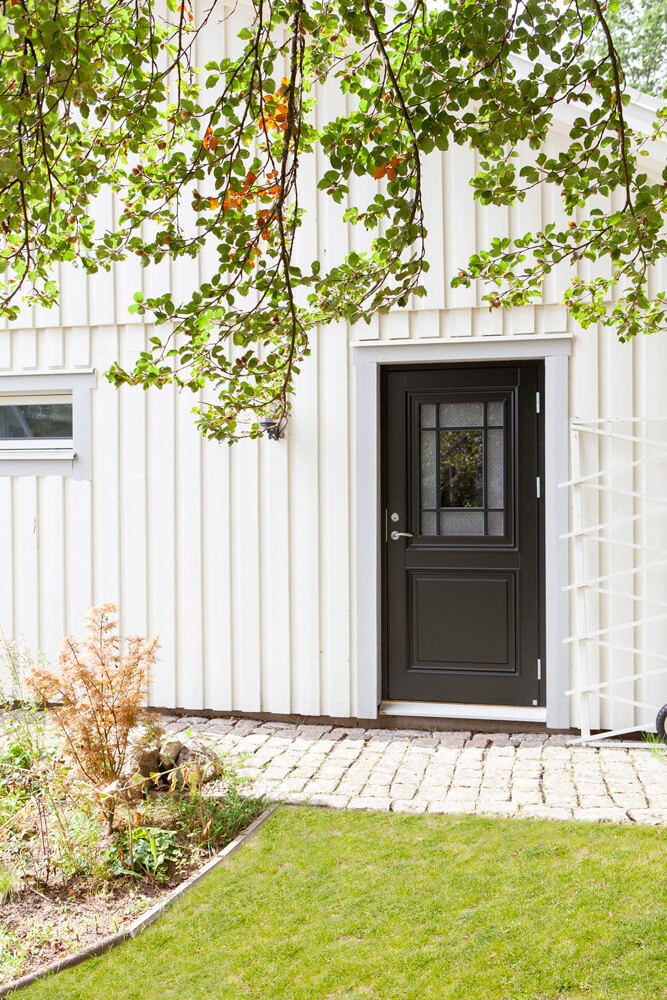
Emission of toxic substances
The product is tested for emissions of toxic substances according to ISO 16000-9:2006 and evaluated according to EN 14351-1.

NON-MANDATORY PROPERTIES
Non-mandatory properties mean that manufacturers do not have to test or report these parts, Ekstrands does it anyway. In our quest for perfection, we have made active choices that have enabled a product completely free of toxic emissions. Our product development has created a unique front door that we dare to expose to a 6-week extended climate test, together with a proven good function, this gives our customers extra security.
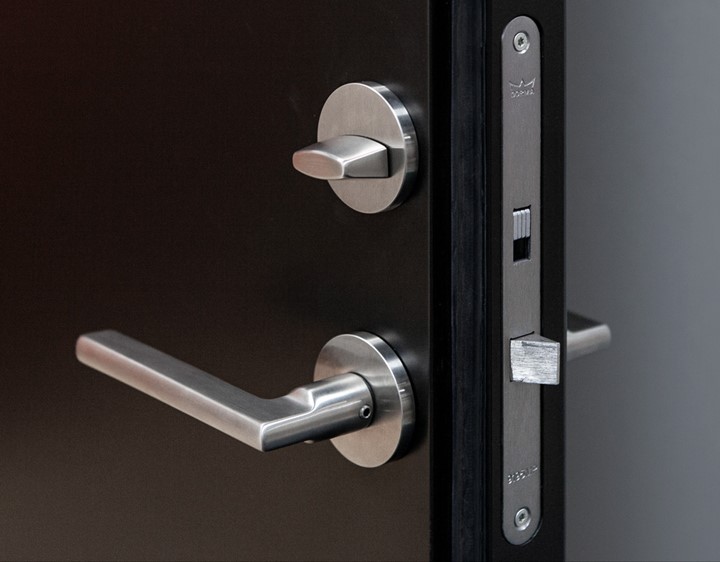
Maneuvering power
Power in Newton required for closing. For class 4 10 N is required, for class 3 25 N. Ekstrand's test result is 12-13 N.

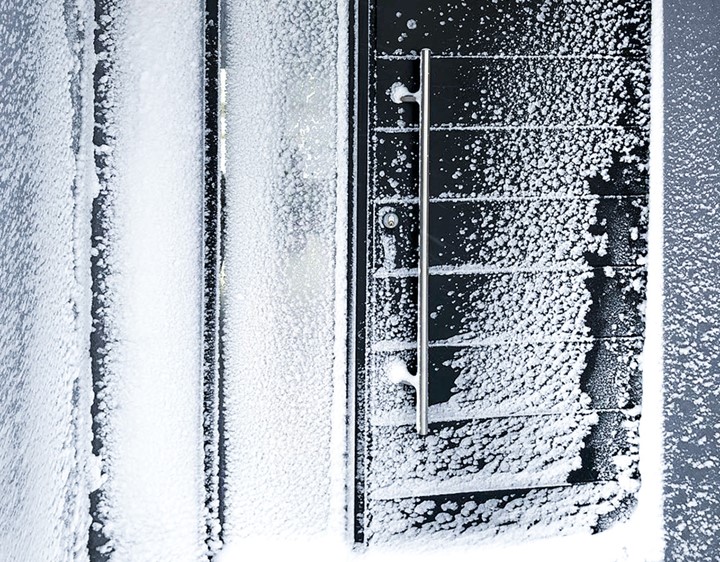
Extended climate test
In class 1, 8 mm bending / twisting of the door leaf is permitted. At class 2, 4 mm is allowed. At class 3, 2 mm is allowed.

